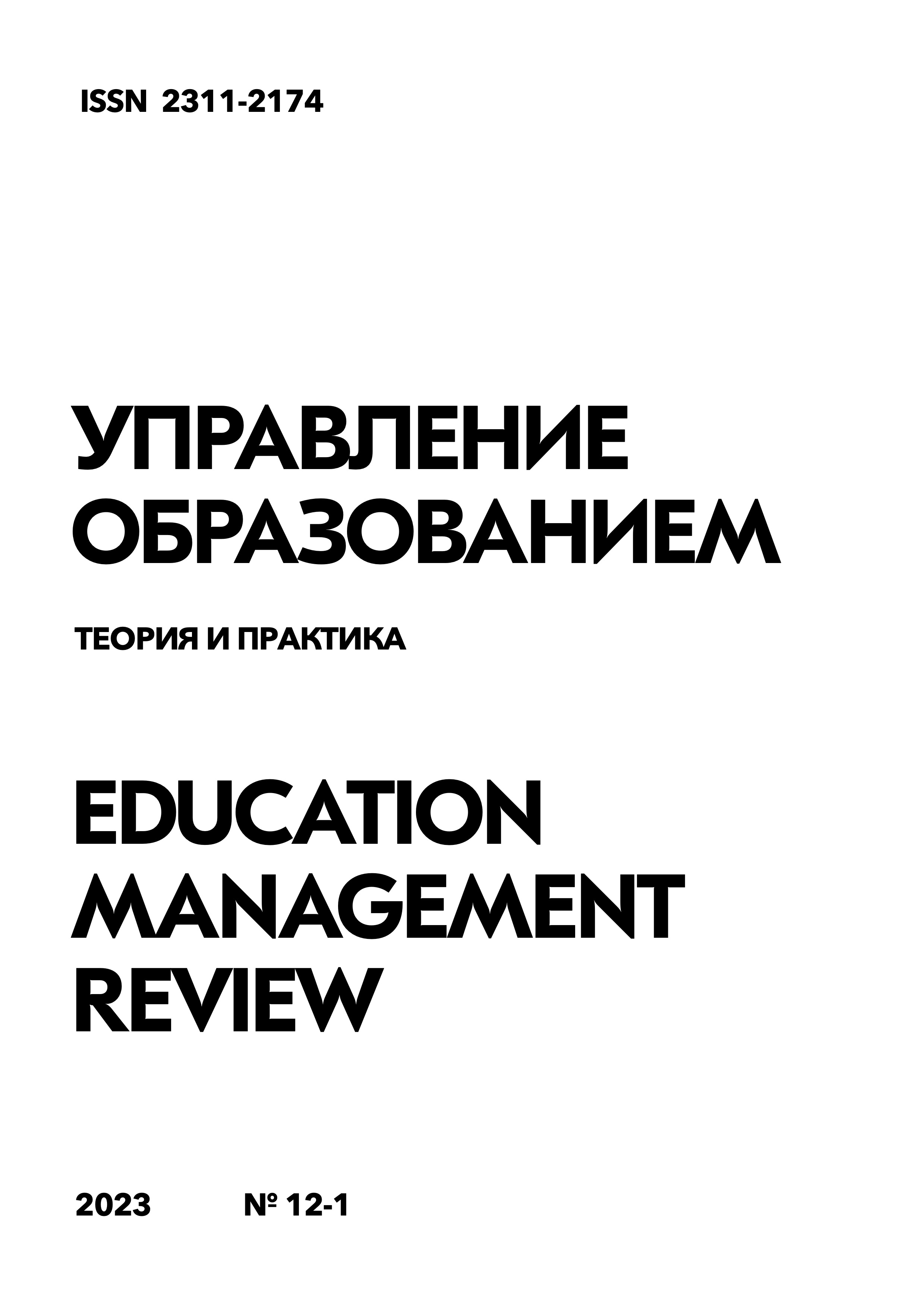The role of simulation training in preparing future doctors to solve non-standard problems of professional activity
DOI:
https://doi.org/10.25726/i8568-9888-5728-tKeywords:
simulation training, physician training, non-standard tasks, medical educationAbstract
The modern system of higher medical education in Russia is faced with the need to train doctors to solve non-standard and complex clinical problems. For this purpose, it is important to use innovative approaches to training, including simulation. The purpose of this study was to evaluate the effectiveness of simulation training in developing skills in solving non-standard problems among future doctors. The study involved 112 5th-6th year students from 3 leading medical universities in Russia. Trainings were conducted on the high-tech medical simulator “SimMan 3G” with subsequent assessment of the level of competence development. The results of the study revealed a statistically significant improvement in the skills of solving non-standard clinical situations among students in the experimental group compared to the control group. Thus, simulation technologies can be effectively used in Russian medical universities to prepare future doctors for practical work. At the same time, making mistakes on simulators allows students to understand the reasons for erroneous decisions and learn the correct algorithms of action without harming patients. Another advantage of simulation is the ability to repeatedly practice the same situations in different variations. This provides students with a fundamental understanding of the complex mechanisms of disease and the interrelationship of clinical manifestations.
References
Асимов А., Багиярова Ф.А. Концепция пациент-центрированного подхода в медицине (основные принципы) // Вестник Казанского национального медицинского университета. 2019. № 2. С. 303-305.
Балин В.В., Борисова Э.Г., Железняк В.А., Борисов Н.А. Усовершенствование обучающих технологий в профессиональной подготовке врачей-стоматологов // Медико-фармацевтический журнал "Пульс". 2022. Т.24. №4. С. 70-74. Doi: http://dx.doi.org/10.26787/nydha-2686-6838-2022-24-4-70-74.
Борисова Э.Г., Балин В.В., Машкова Н.Г., Борисов Н.А. Методология общения обучающихся курсантов с пациентами на клиническом стоматологическом приеме // Медико-фармацевтический журнал «Пульс». 2022. Т. 24. № 2. С. 13-18.
Еричев В.В., Нижник В.Г., Аксенова Т.В., Марьяненко Л.М., Столяр Р.И., Драган Э.В. Проблемы последипломного образования врачей-стоматологов общей практики // Международный журнал прикладных и фундаментальных исследований. 2016. № 4-1. С. 132-135.
Королева Н.Г., Воздвиженская А.В. Опыт использования виртуального пациента для обучения студентов-медиков коммуникативным навыкам // Современные наукоемкие технологии. 2022. № 6. С. 147-151.
Левченкова Н.С., Николаев А.И., Нестерова М.М. Использование в учебном процессе инновационных методов обучения на кафедре терапевтической стоматологии Саратовского государственного медицинского университета // Смоленский медицинский альманах. Педагогика высшей школы. Педагогическое проектирование и педагогические технологии, под ред. И.В. Отвагина. Смоленск: Изд-во Саратовский государственный медицинский университет, 2016. № 2. С. 97-101.
Мурин С., Столленверк Н.С. Использование симуляторов в обучении: переломный момент // Виртуальные технологии в медицине: науч.-практич. журн. 2010. № 1 (5). С. 7-10.
Пахомова Ю.В., Маринкин И.О., Кондюрина Е.Г., Яворский Е.М. Роль симуляционных обучающих курсов в практической подготовке медицинских кадров // Вузовская педагогика: материалы конф. «Современные аспекты реализации ФГОС и ФГТ». Красноярск: Типография Красноярского государственного медицинского университета им. проф. В.Ф. Войно-Ясенецкого, 2013. С. 482-484.
Риклефс В.П., Калиева Ш.С. Применение виртуальных пациентов на платформе открытого доступа для развития клинического мышления в условиях дистанционного обучения // Виртуальные технологии в медицине. 2020. № 3 (25). С. 77-79.
Турчина Ж.Е., Шарова О.Я., Нор О.В., Черемисина А.В., Битковская В.Г. Симуляционное обучение, как современная образовательная технология в практической подготовке студентов младших курсов медицинского вуза // Современные проблемы науки и образования. 2016. № 3. С. 308.
Юдаева Ю.А., Неволина В.В., Закризянова З.Ф. Использование технологии «виртуальный пациент» в медицинском образовании // Современные проблемы науки и образования. 2022. № 2. С. 38.
Guhan N., Sripad D., Chakraborty M., Siddiqui B., Nichenametla G., Supraja P., Ikkurthi S., Rao K. Blueprinting - a tool in enhancing the validity of an assessment tool // Journal of Research in Medical Education & Ethics. 2020. Vol. 10, N 2. P. 70.
Karas S.I. Virtual patients as a format for simulation learning in continuing medical education (review article) // Bulletin of Siberian Medicine. 2020. Vol. 19, N 1. P. 140-149.
Robison D., Bridges-Catalano J., Matson C. The role for virtual patients in the future of medical education // Academic Medicine. 2017. Vol. 91, N 9. P. 1217-1222.




